The book presents in general development of Bulgarian Church woodcarving from the earliest preserved models until the end of the 19th century. The presentation follows the main routes of development of this original art, with emphasis laid upon the symbolism of the included patterns. During the Revival period this symbolism is a synthesis between Christian and Pre-Christian patterns, preserved in the folklore thinking. The book presents the Revival period not only as an ascending period but also as a period of recesses and returns kept up by the folklore. The book is intended mainly for ethnographers, folklorists, art historians and for all those fascinated by the magic of woodcarving.
Съдържание :
Introduction
The iconostasis
Monumental woodcarving in Medieval Bulgaria
- The Rila gate
- The art of woodcarving from th 15th to the beginning of th 18th century
- Semantic characteristics of the Bulgarian Late Medieval iconostasis
- The spiritual and aesthetic impact of the Late Medieval iconostasis
Woodcarving during the Bulgarian national revival period
- Woodcarving schools
- The Tryavna school of woodcarving
- The Debur school of woodcarving
- The Samokov school of woodcarving
- Groups of wood-carvers
- Wood-carvers from the village of Metsovo
- Wood-carvers from Vratsa and its environs
- Wood-carvers from the village of Novo selo near Sevlievo
- Monumental woodcarvings by Rila monks
- The Kalofer group of wood-carvers
The mystery of the revival period church woodcarving
- Revival period church woodcarving – a tangle of contradictory tendencies
- An echo from ancient mythological ideas
- From mythology to folklore
- Reminiscences from the Medieval physiologys
- The great influence of patriarchal rituals














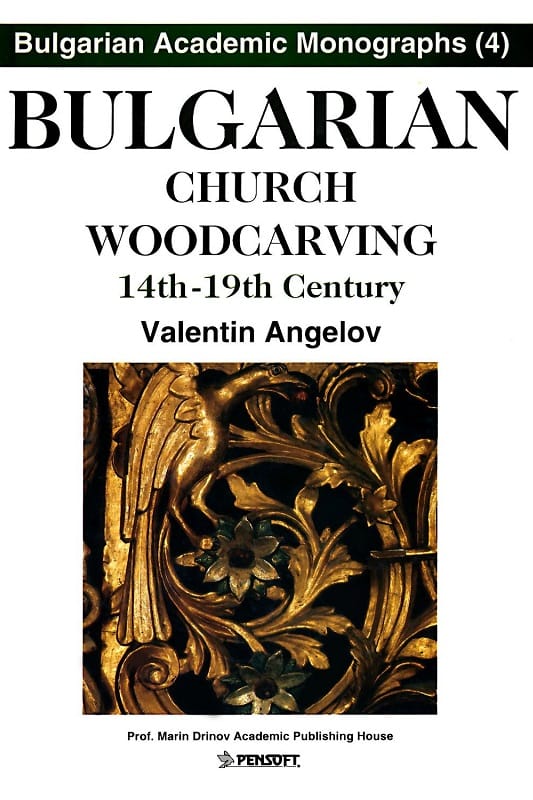
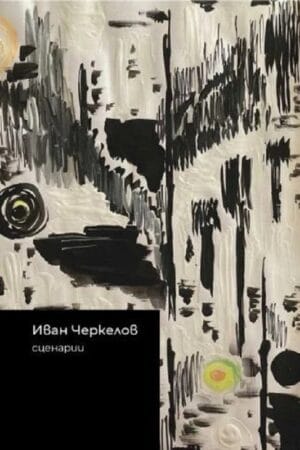

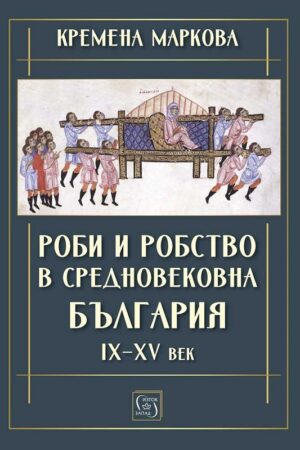
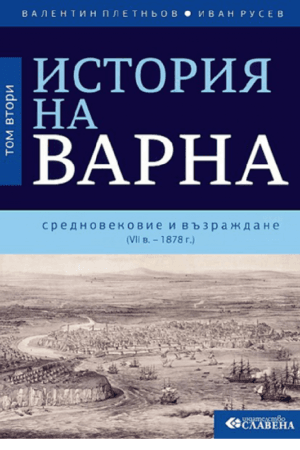
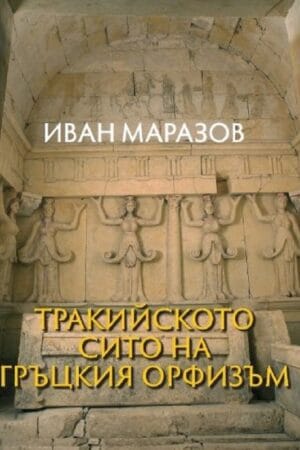
Reviews
There are no reviews yet.